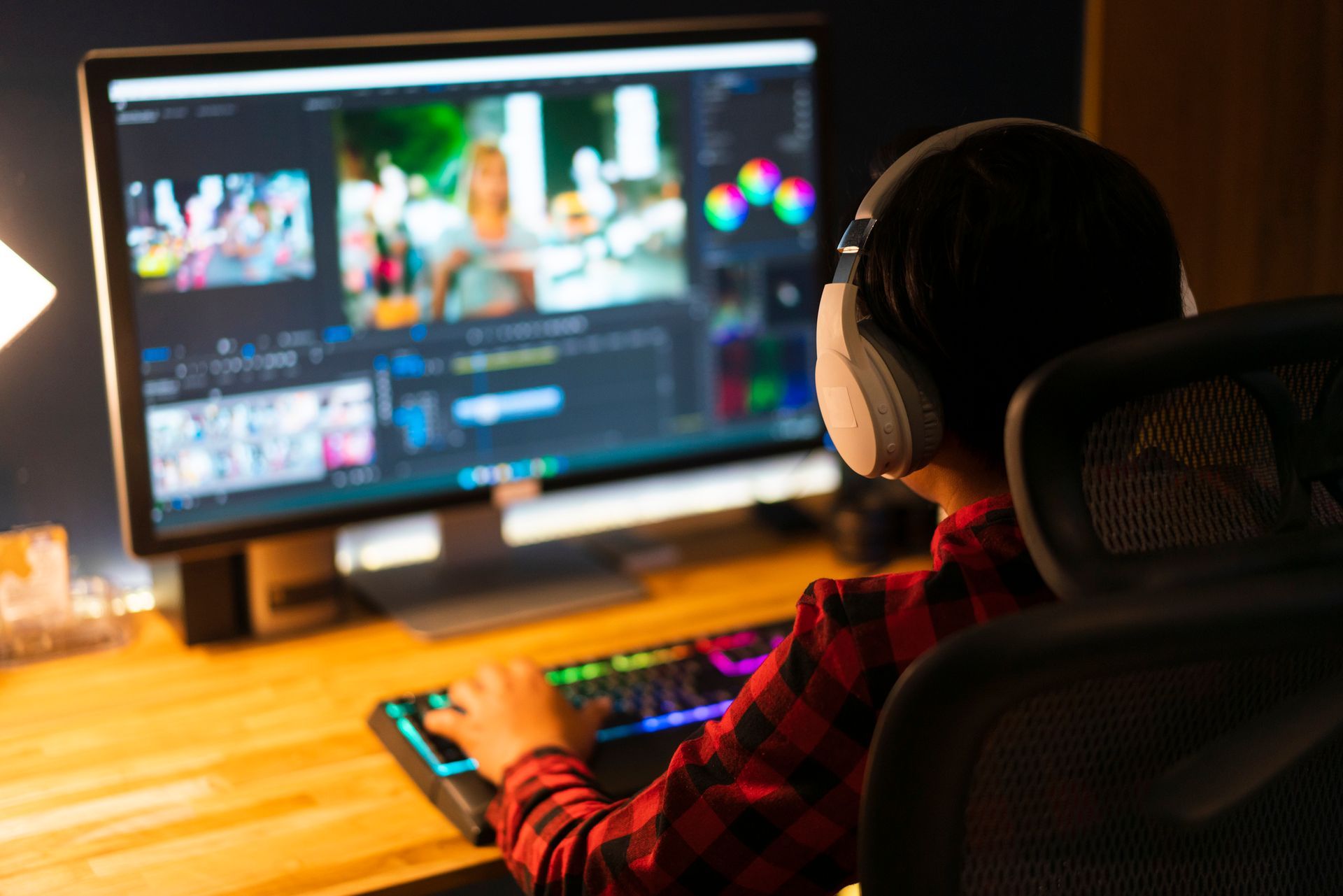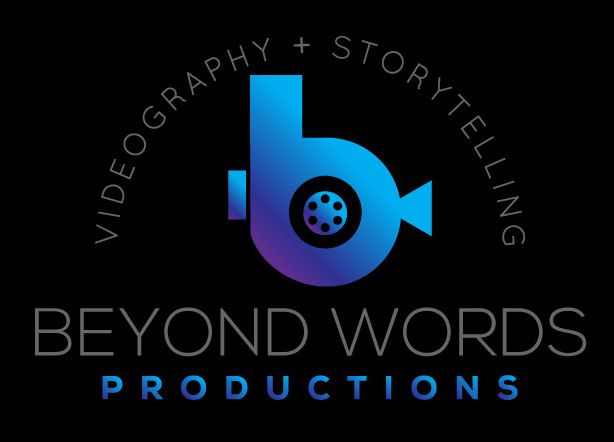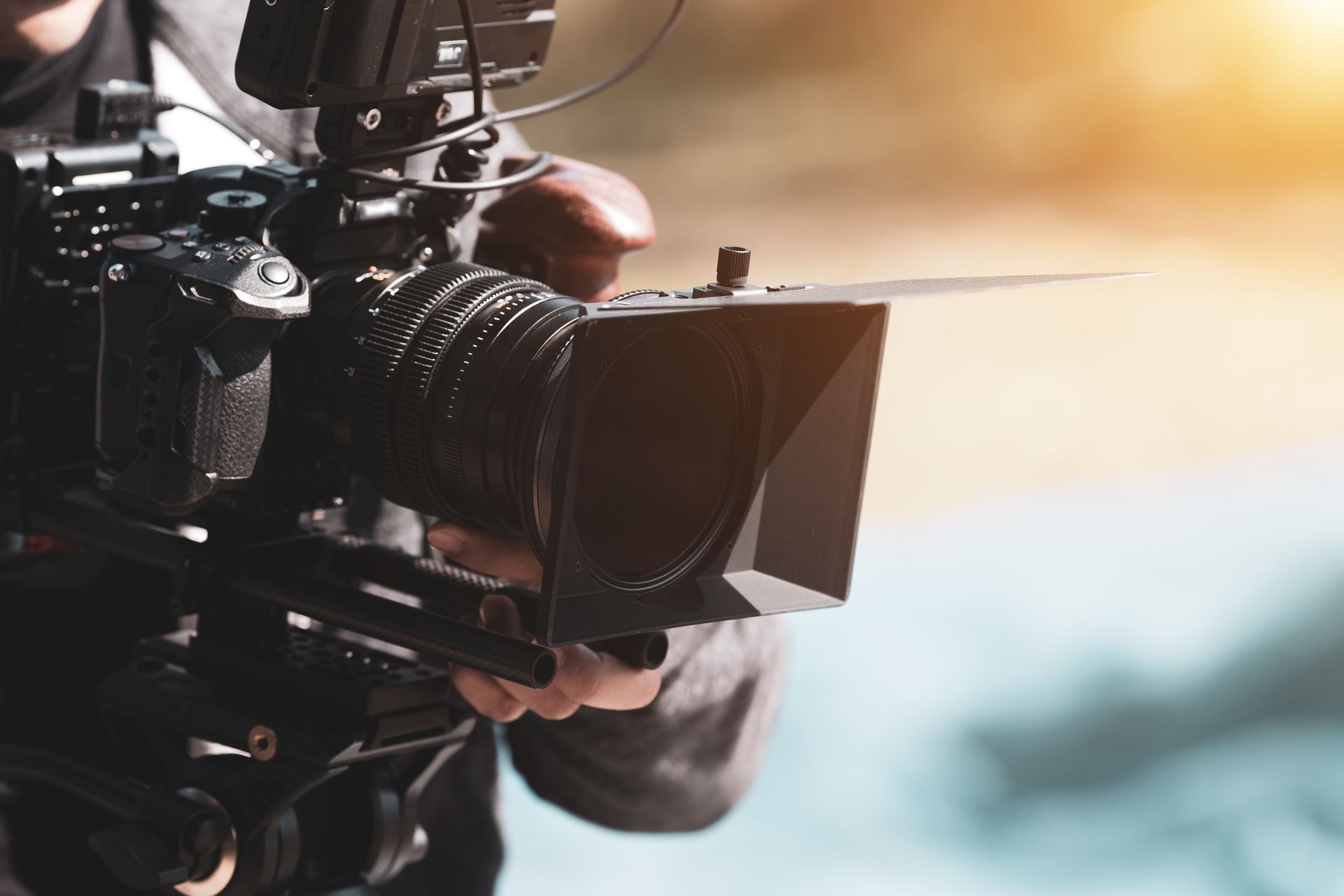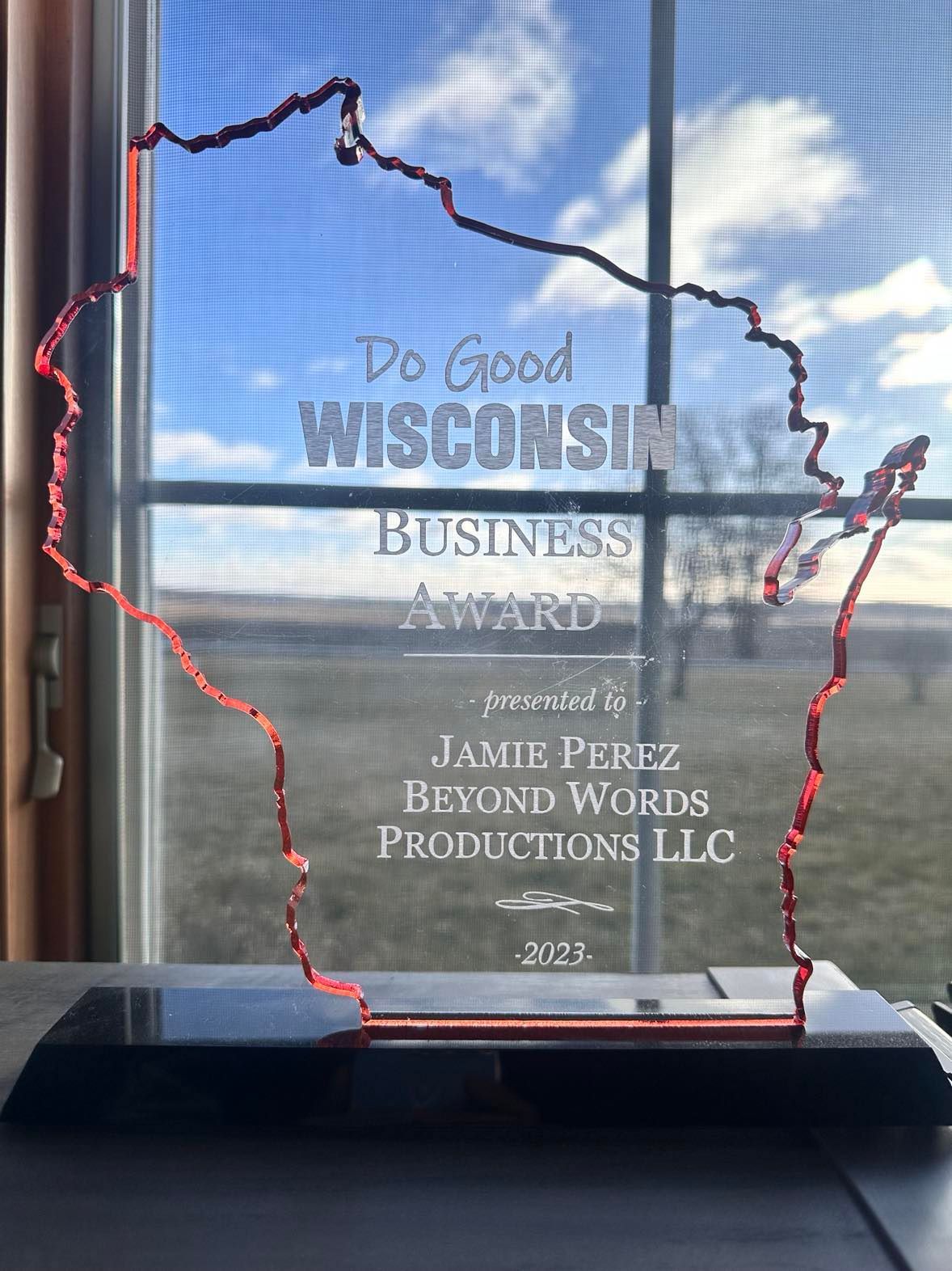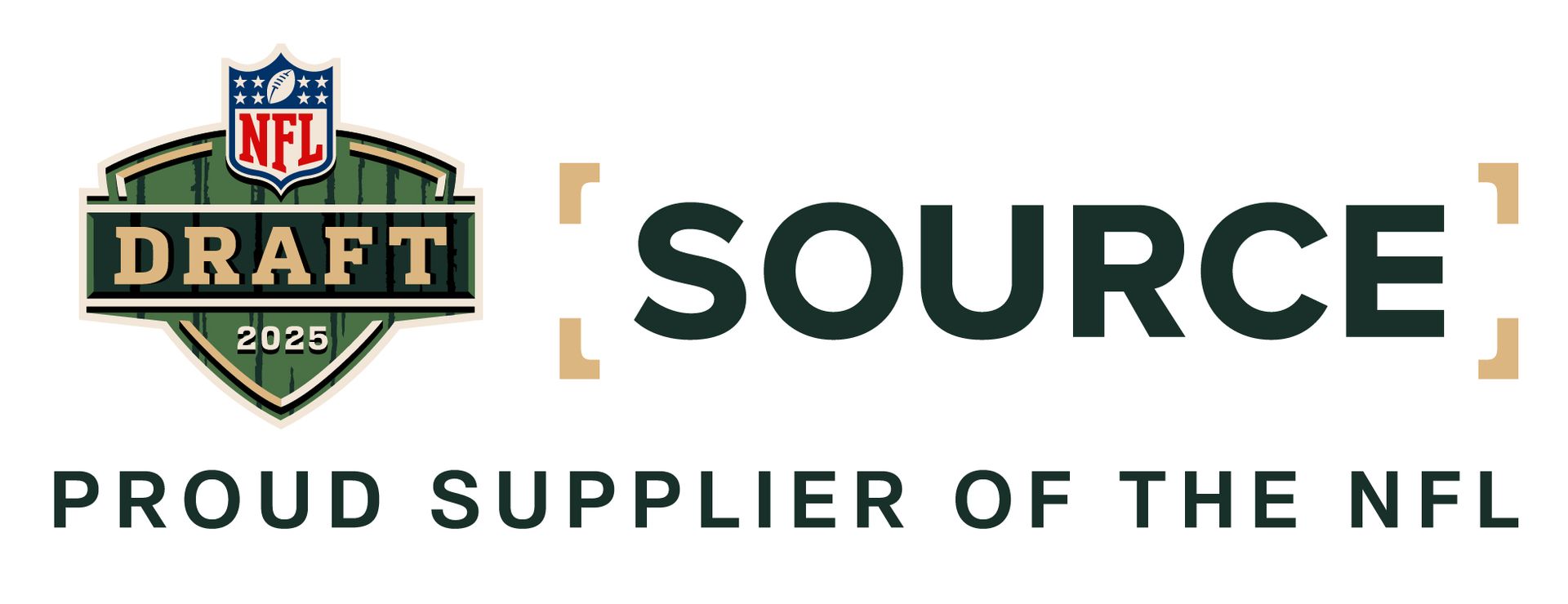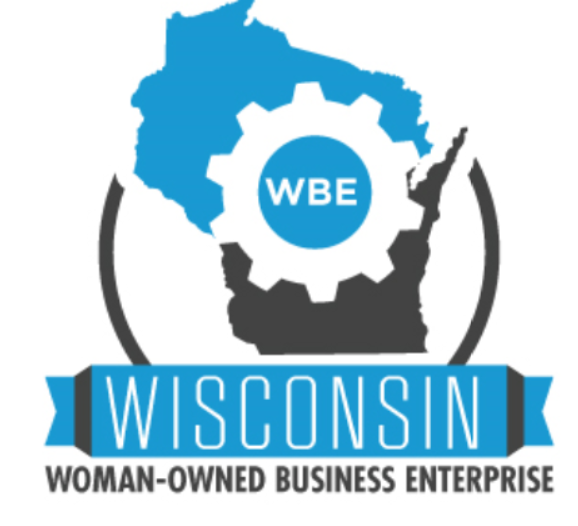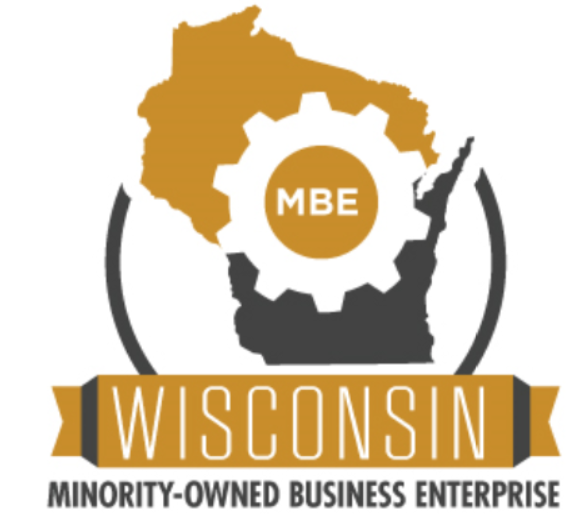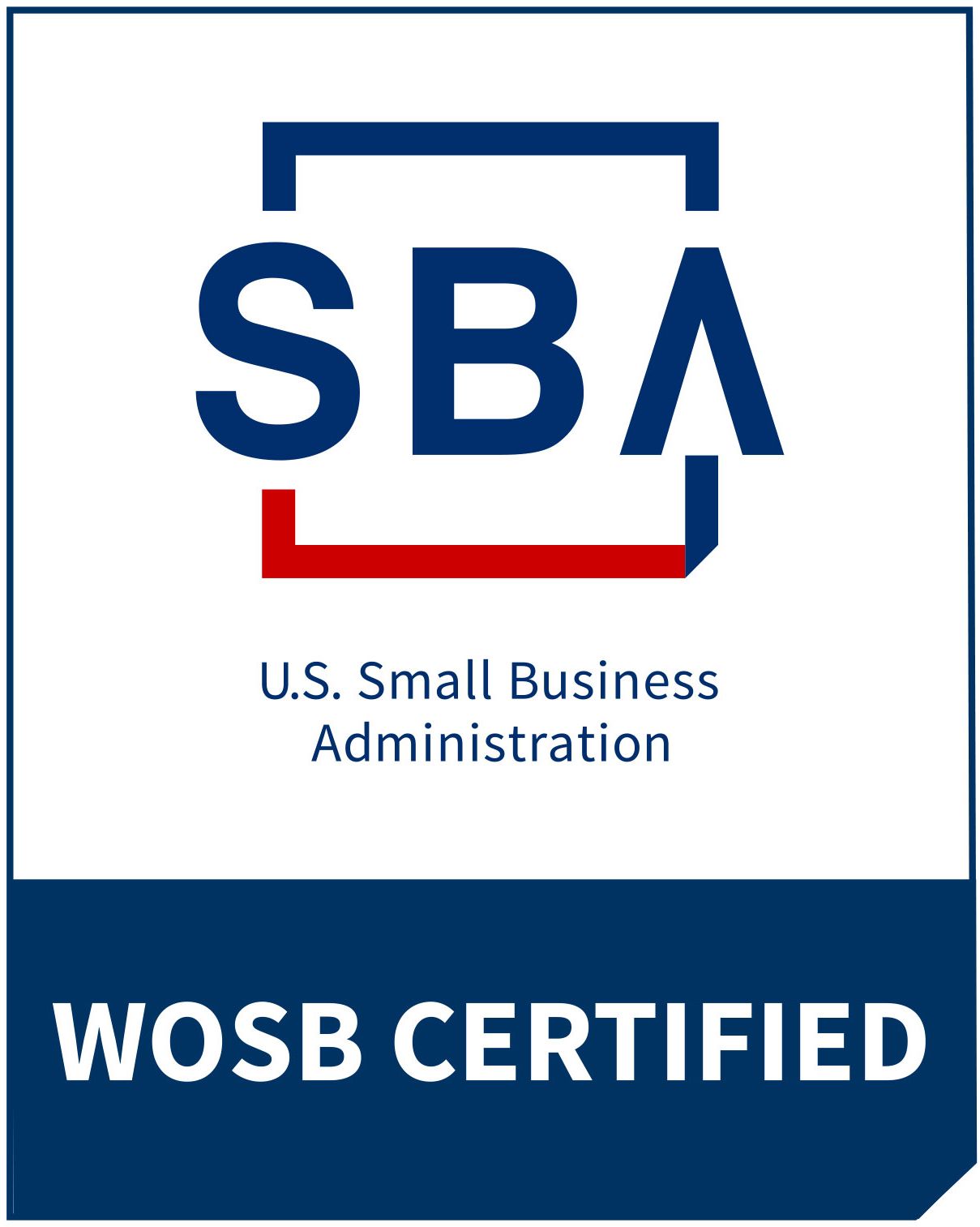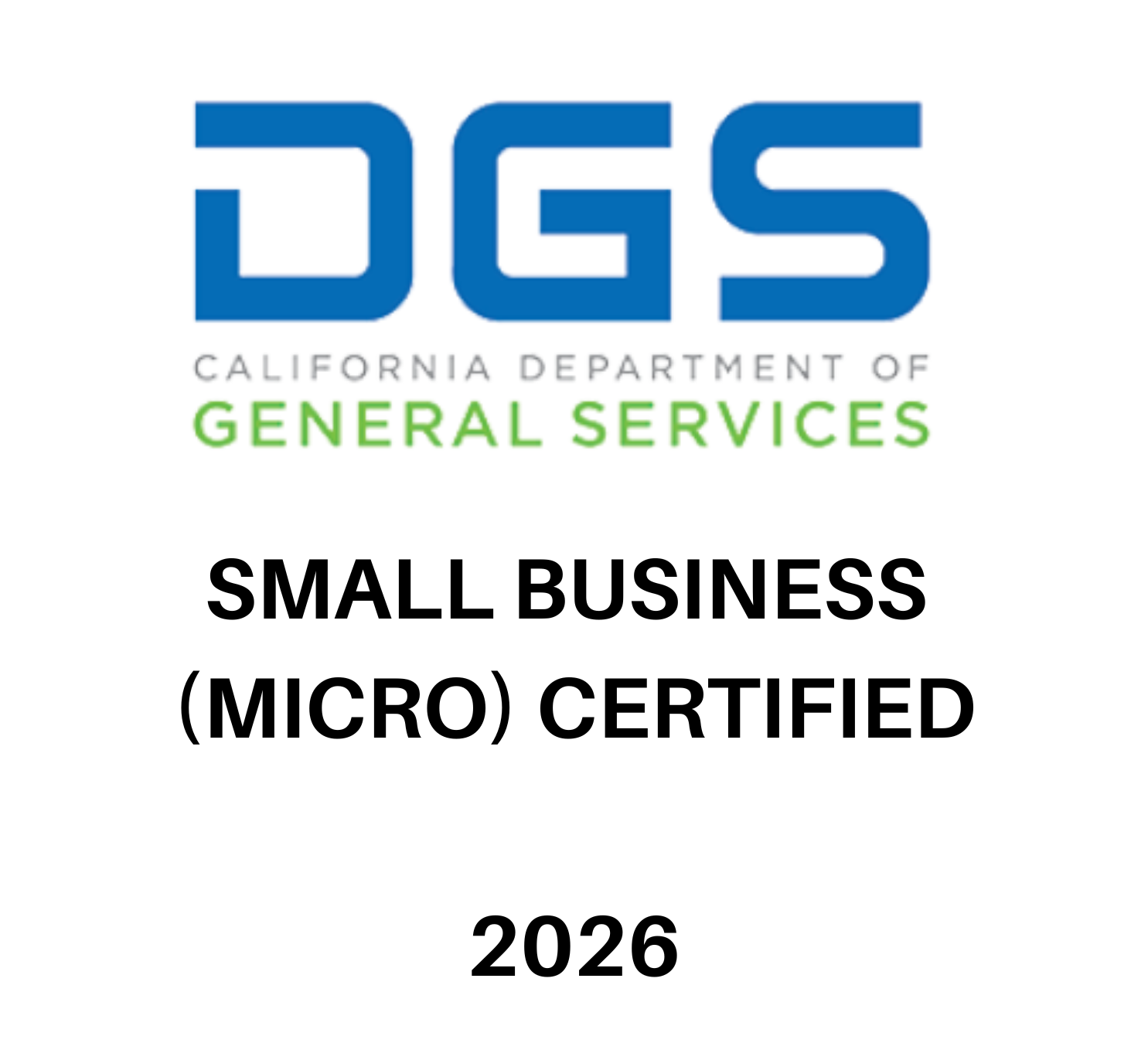8 Creative Ways to Capture Authentic Anonymous On-Camera Interviews
It’s a problem many organizations face when trying to capture their client’s stories without invading their privacy or violating HIPPA laws: Keeping your interviewees anonymous on camera.
How can an anonymous interview be filmed?
Whether it's a sensitive topic or a behind-the-scenes insight, mastering the art of anonymous on-camera interviews takes finesse and creativity. So how do businesses get their stories told or testimonials when they need to keep information private? How do we anonymize and protect participants? Let's dive into some clever techniques to get those captivating stories while keeping identities under wraps.
1. Camera blur:
One of the easiest ways to mask someone’s identity is in the editing process. Many editing systems have functions where you can blur out the image on screen and it lets you adjust the percentage of the blur. This way, you can film them as normal, and just mask their identity when editing.
2. Voice Disguise:
Capturing audio only and masking their voice in the editing process is another approach you can consider. You can also combine this with creative visuals like abstract shots, or even relevant animations. Most editing systems will allow you to modulate someone’s voice or add effects to the audio to make it sound completely different than the original recorded audio.
3. Artistic Focus:
Shooting at the person’s hands and feet (as long as they don’t have identifying qualities about them) is another great option. These shots can beautifully convey emotions and perspectives without revealing the interviewee's identity directly.
4. Silhouette Narratives:
This requires some playing around with lights to make the image of your interviewee appear completely blacked out. It is an artistic method that can be creatively executed if done properly.
5. Altered Voices and Avatars:
Think outside the box with animated avatars or artistic renderings that represent your interviewee's identity. Combine these visuals with altered voices, maintaining anonymity while presenting their story in an engaging and imaginative way.
6. Revoicing with Actors
Instead of digitally altering the interviewee’s voice, consider having an actor revoice their words. This technique preserves clarity and emotional nuance while ensuring complete anonymity. It also avoids the robotic feel that some voice modulators can produce.
7. Abstract of Symbolic Visuals
Use metaphorical imagery—like rippling water, shifting shadows, or animated sequences—to visually represent the interviewee’s emotions or story. This adds depth and artistry while keeping their identity hidden.
8. On-Screen Text Narration:
For especially sensitive stories, you can skip audio entirely and present the interviewee’s words as on-screen text. Pair this with evocative visuals or ambient sound to maintain engagement. It’s minimalist, but powerful when done with intention.
Using pseudonyms or generic descriptors throughout the video is a good idea too if you’re implementing any text on screen or having someone else speak about someone who wishes to remain anonymous.
Ready to Tell Stories That Matter—Safely and Creatively?
Protecting your interviewee’s identity doesn’t mean sacrificing emotional depth or visual impact. With the right techniques, you can honor their truth while crafting compelling, anonymous narratives that resonate. Whether you're a filmmaker, journalist, or content creator, these tools empower you to spotlight voices that might otherwise go unheard. Start experimenting, stay empathetic, and let your storytelling speak volumes, even in anonymity.
Have a story to share or a technique you love? Or need help with producing and filming anonymous interviews. Let's talk.
